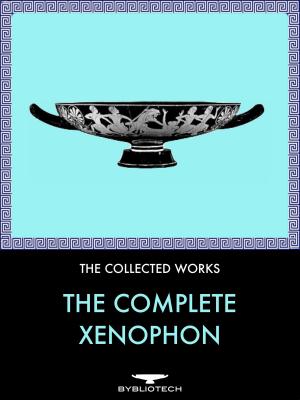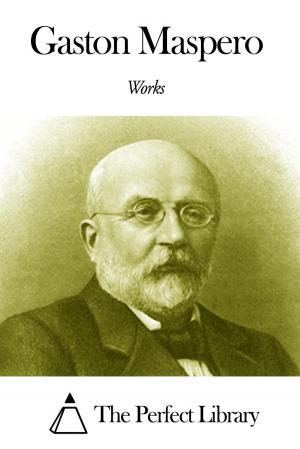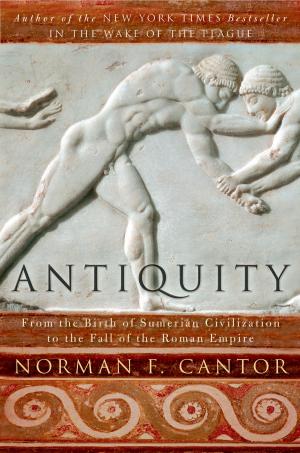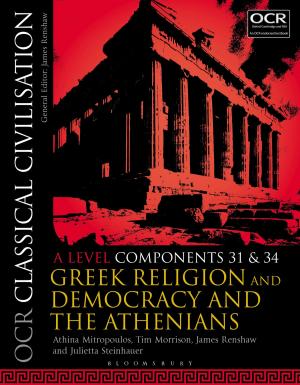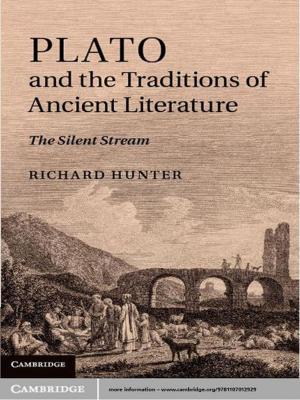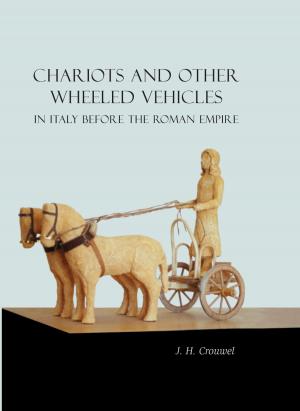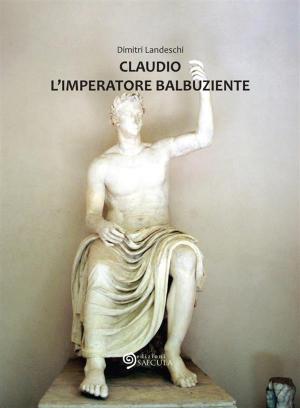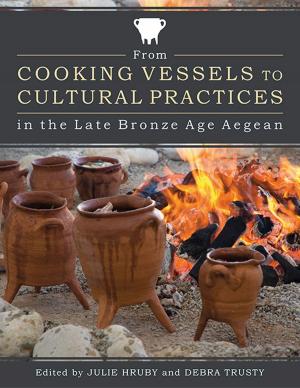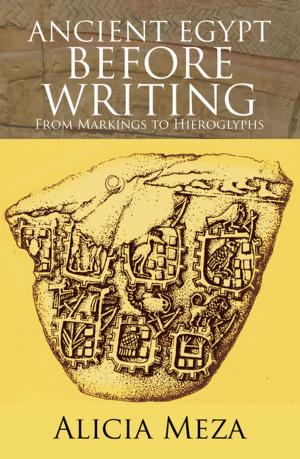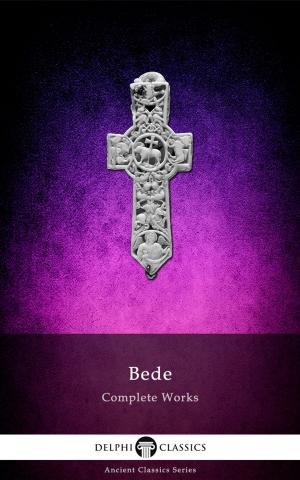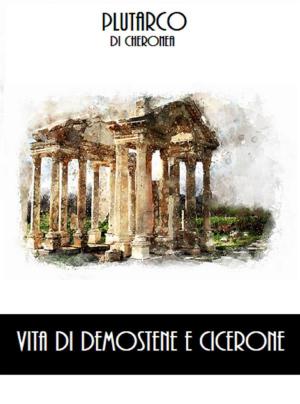Pyramid of Secrets - The Architecture of the Great Pyramid ReConsidered in the Light of Creational Mythology
Nonfiction, History, Africa, Egypt, Ancient History| Author: | Alan F. Alford | ISBN: | 9781536547696 |
| Publisher: | Alan F. Alford | Publication: | February 5, 2016 |
| Imprint: | Language: | English |
| Author: | Alan F. Alford |
| ISBN: | 9781536547696 |
| Publisher: | Alan F. Alford |
| Publication: | February 5, 2016 |
| Imprint: | |
| Language: | English |
The Astonishing New Theory That ReWrites Egyptology
In 'Pyramid of Secrets', Alan F. Alford provides a plausible antidote to the questionable theories of mainstream and alternative writers.
The foremost of the Seven Wonders of the Ancient World, the Great Pyramid is unique among Egyptian pyramids in its precision and complex interior design. What does this astonishing structure signify? Why was it built? Numerous fantastic theories have sought to answer these questions, but all have ultimately collapsed like waves upon the firm shore of common sense. And yet doubts still persist about the official view that the Pyramid is 'a tomb and nothing but a tomb'.
- They Pyramid was a symbol of the creation of the Universe - a spiritual symbol par excellence. The building f the Pyramid re-enacted the myth of creation, the miracle of the one reflecting the miracle of the other.
- The king was buried beneath the Pyramid, in a small cave-like room, where his body may remain hidden to this day.
- The Pyramid's upper passages and chambers formed a sealed repository and time capsule, in which the builders deposited sacred artifacts and spiritual knowledge for the benefit of a future generation, or race, of men.
- The King's Chamber enshrined iron meteorites - the seed of the creator-god - and generated low frequency sound in order to re-enact the moment of creation.
- The Pyramid contains several intact secret passages and chamber systems in addition to the mooted rooms beyond the plugged ends of the Queen's Chamber shafts. The contents of these secret chambers will vindicate the author's theory of the symbolism and purpose of the Pyramid.
˃˃˃ Alford's opening premise is that the Great Pyramid is a religious monument, whose full significance may be apprehended only through a true understanding of ancient Egyptian religion.
Crucially, however, he argues that Egyptian religion was not simply a Sun cult, as Egyptologists believe, but rather a 'cult of creation', i.e. a cult whose primary aim was to celebrate and re-enact perpetually the myth of the creation of the Universe. In keeping with this, he argues that the true pyramid (the smooth-sided type) was not a solar symbol, as is generally believed, nor a stellar symbol, as some would have it, but rather a symbol of the creation of the Universe - a spiritual symbol par excellence.
Alford argues that Egyptology has misinterpreted the architecture of the Great Pyramid as a result of its misplaced emphasis on solar symbolism. The purpose of his book 'Pyramid of Secrets' is to reconsider the architecture of the Great Pyramid in the light of creational mythology.
˃˃˃ The stage is set for a bold re-evaluation of the Great Pyramid's upper chamber system.
Taking the Egyptian creation myth as his guide, Alford emphasises the importance of two complementary ideas. Firstly, he argues that the body of the king, identified with the body of the creator-god, had to be buried beneath the pyramid, at ground level or below.
Secondly, he argues that what the pyramid raised on high was the seed with which the creator-god had impregnated the sky. In Egyptian tradition, this seed was the meteorite.
These two fundamental religious axioms demand a radical reappraisal of the Great Pyramid's architecture.
Firstly, Alford maintains that the king was not buried in the King's Chamber (at a height of 140 feet in the superstructure), as is widely presumed, but in a cave-like room beneath the Pyramid, where his body and burial treasure may remain intact to this day.
Secondly, Alford suggests that the sarcophagus in the King's Chamber contained iron meteorites - the seed of creation.
Scroll up and order your copy today.
The Astonishing New Theory That ReWrites Egyptology
In 'Pyramid of Secrets', Alan F. Alford provides a plausible antidote to the questionable theories of mainstream and alternative writers.
The foremost of the Seven Wonders of the Ancient World, the Great Pyramid is unique among Egyptian pyramids in its precision and complex interior design. What does this astonishing structure signify? Why was it built? Numerous fantastic theories have sought to answer these questions, but all have ultimately collapsed like waves upon the firm shore of common sense. And yet doubts still persist about the official view that the Pyramid is 'a tomb and nothing but a tomb'.
- They Pyramid was a symbol of the creation of the Universe - a spiritual symbol par excellence. The building f the Pyramid re-enacted the myth of creation, the miracle of the one reflecting the miracle of the other.
- The king was buried beneath the Pyramid, in a small cave-like room, where his body may remain hidden to this day.
- The Pyramid's upper passages and chambers formed a sealed repository and time capsule, in which the builders deposited sacred artifacts and spiritual knowledge for the benefit of a future generation, or race, of men.
- The King's Chamber enshrined iron meteorites - the seed of the creator-god - and generated low frequency sound in order to re-enact the moment of creation.
- The Pyramid contains several intact secret passages and chamber systems in addition to the mooted rooms beyond the plugged ends of the Queen's Chamber shafts. The contents of these secret chambers will vindicate the author's theory of the symbolism and purpose of the Pyramid.
˃˃˃ Alford's opening premise is that the Great Pyramid is a religious monument, whose full significance may be apprehended only through a true understanding of ancient Egyptian religion.
Crucially, however, he argues that Egyptian religion was not simply a Sun cult, as Egyptologists believe, but rather a 'cult of creation', i.e. a cult whose primary aim was to celebrate and re-enact perpetually the myth of the creation of the Universe. In keeping with this, he argues that the true pyramid (the smooth-sided type) was not a solar symbol, as is generally believed, nor a stellar symbol, as some would have it, but rather a symbol of the creation of the Universe - a spiritual symbol par excellence.
Alford argues that Egyptology has misinterpreted the architecture of the Great Pyramid as a result of its misplaced emphasis on solar symbolism. The purpose of his book 'Pyramid of Secrets' is to reconsider the architecture of the Great Pyramid in the light of creational mythology.
˃˃˃ The stage is set for a bold re-evaluation of the Great Pyramid's upper chamber system.
Taking the Egyptian creation myth as his guide, Alford emphasises the importance of two complementary ideas. Firstly, he argues that the body of the king, identified with the body of the creator-god, had to be buried beneath the pyramid, at ground level or below.
Secondly, he argues that what the pyramid raised on high was the seed with which the creator-god had impregnated the sky. In Egyptian tradition, this seed was the meteorite.
These two fundamental religious axioms demand a radical reappraisal of the Great Pyramid's architecture.
Firstly, Alford maintains that the king was not buried in the King's Chamber (at a height of 140 feet in the superstructure), as is widely presumed, but in a cave-like room beneath the Pyramid, where his body and burial treasure may remain intact to this day.
Secondly, Alford suggests that the sarcophagus in the King's Chamber contained iron meteorites - the seed of creation.
Scroll up and order your copy today.



